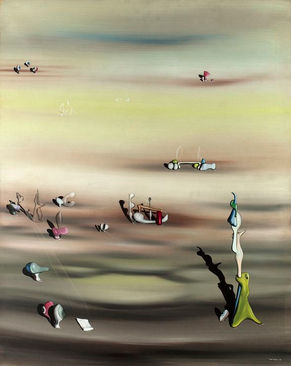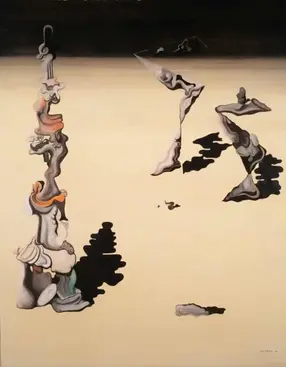For my further artistic practice I would like research the accelerating effect the implementation of digital technology and algorithms has on an individual.
For my further artistic practice I would like research the accelerating effect the implementation of digital technology and algorithms has on an individual.
Artworks and Processes
Artworks and Processes
Artworks and Processes
Artworks and Processes
Here is a heading
Ich bin ein Textabschnit. Klicke hier, um deinen eigenen Text hinzuzufügen und mich zu bearbeiten. Ich bin ein Textabschnitt. Klicke hier, um deinen eigenen Text hinzuzufügen und mich zu bearbeiten.Ich bin ein Textabschnitt. Klicke hier, um deinen eigenen Text hinzuzufügen und mich zu bearbeiten.Ich bin ein Textabschnitt. Ich bin ein Textabschnitt. Klicke hier, um deinen eigenen Text hinzuzufügen und mich zu bearbeiten. Ich bin ein Textabschnitt. Klicke hier, um deinen eigenen Text hinzuzufügen und mich zu bearbeiten.Ich bin ein Textabschnitt. Klicke hier, um deinen eigenen Text hinzuzufügen und mich zu bearbeiten.Ich bin ein Textabschnitt.
Here is a heading
Ich bin ein Textabschnit. Klicke hier, um deinen eigenen Text hinzuzufügen und mich zu bearbeiten. Ich bin ein Textabschnitt. Klicke hier, um deinen eigenen Text hinzuzufügen und mich zu bearbeiten.Ich bin ein Textabschnitt. Klicke hier, um deinen eigenen Text hinzuzufügen und mich zu bearbeiten.Ich bin ein Textabschnitt. Ich bin ein Textabschnitt. Klicke hier, um deinen eigenen Text hinzuzufügen und mich zu bearbeiten. Ich bin ein Textabschnitt. Klicke hier, um deinen eigenen Text hinzuzufügen und mich zu bearbeiten.Ich bin ein Textabschnitt. Klicke hier, um deinen eigenen Text hinzuzufügen und mich zu bearbeiten.Ich bin ein Textabschnitt.
Yves Tanguy

© Yves Tanguy, Fraud in the Garden, 1930.
“I cannot, nor, consequently, want to try to give a definition, even a simple one, to what I paint. If I did try, I would risk very much closing myself in a definition that would later become like a prison for me.”
– Yves Tanguy
hyper-real world
molten surfaces
fictional landscapes
nonrepresentational surrealism
limited palette of colours
alien landscapes populated with various abstract shapes
Tanguy was best-known for his misshapen rocks and molten surfaces that lent definition to the Surrealist aesthetic. He painted a “hyper-real world” with exacting precision. His landscapes, a high-octane blend of fact and fiction, captured the attention of important artists and thinkers from Dali to Rothko who admitted their debt to the older artist. And even Carl Gustav Jung used a canvas by Tanguy to illustrate his theory of the collective unconscious. (theartstory)
Tanguy's paintings have a unique, immediately recognisable style of nonrepresentational surrealism. They show vast, abstract landscapes, mostly in a tightly limited palette of colours, only occasionally showing flashes of contrasting colour accents. Typically, these alien landscapes are populated with various abstract shapes, sometimes angular and sharp as shards of glass, sometimes with an intriguingly organic look to them, like giant amoebae suddenly turned to stone. (Tate)
Species in danger of extinction, 1938
Numeros Imaginarios, 1973
Dangers des courants, 1938
Todavía y siempre, 1975
Fraud in the Garden, 1930
References
Tate (n.a.) Yves Tanguy. Available at: https://www.tate.org.uk/art/artists/yves-tanguy-2023 (Accessed: 06.11.22)
theartstory (n.a.) Yves Tanguy. Available at: https://www.theartstory.org/artist/tanguy-yves/ (Accessed: 06.11.22)




